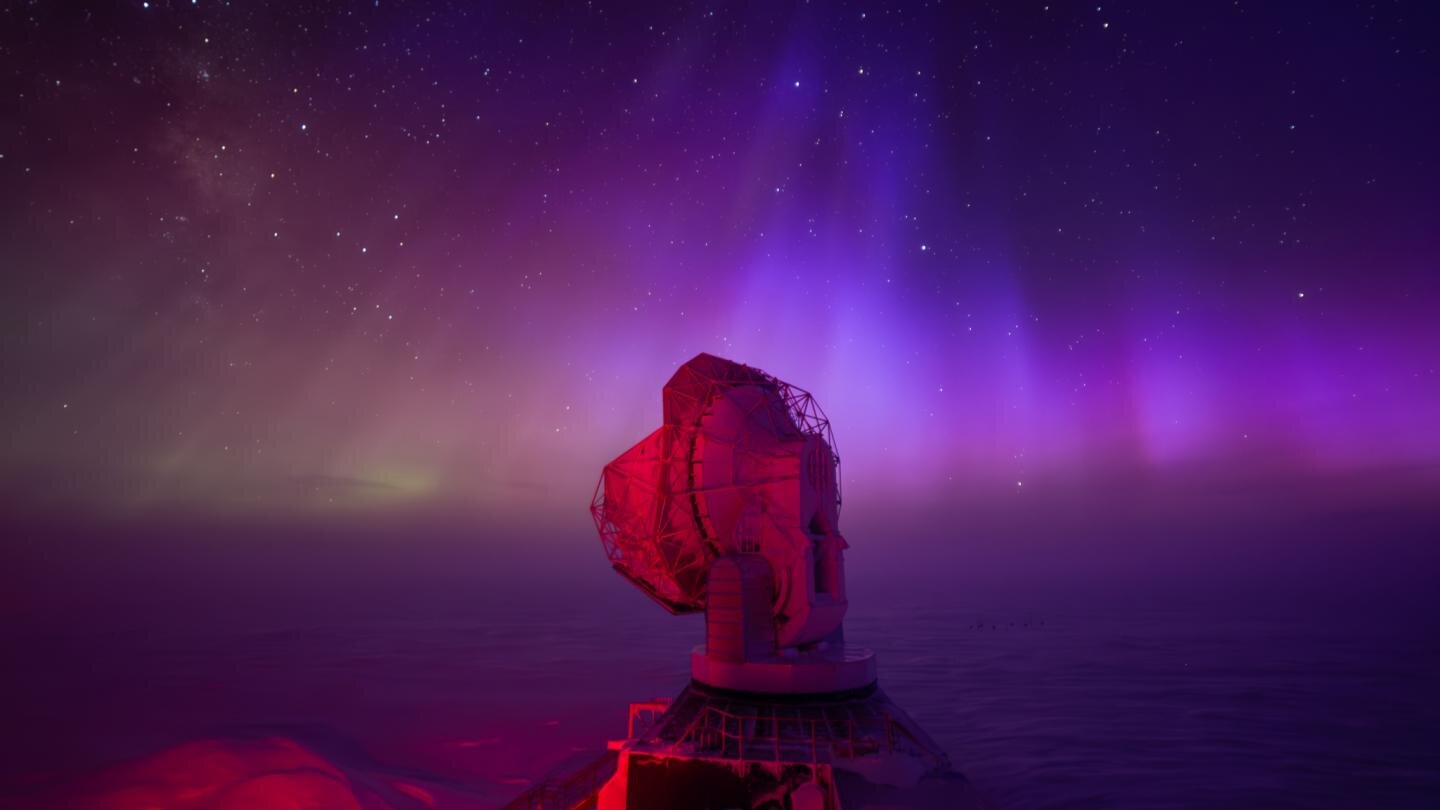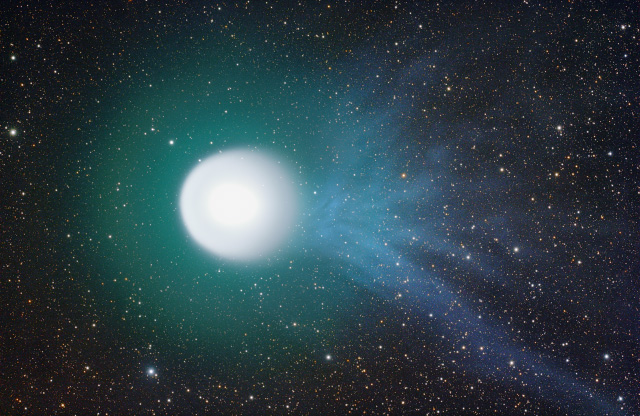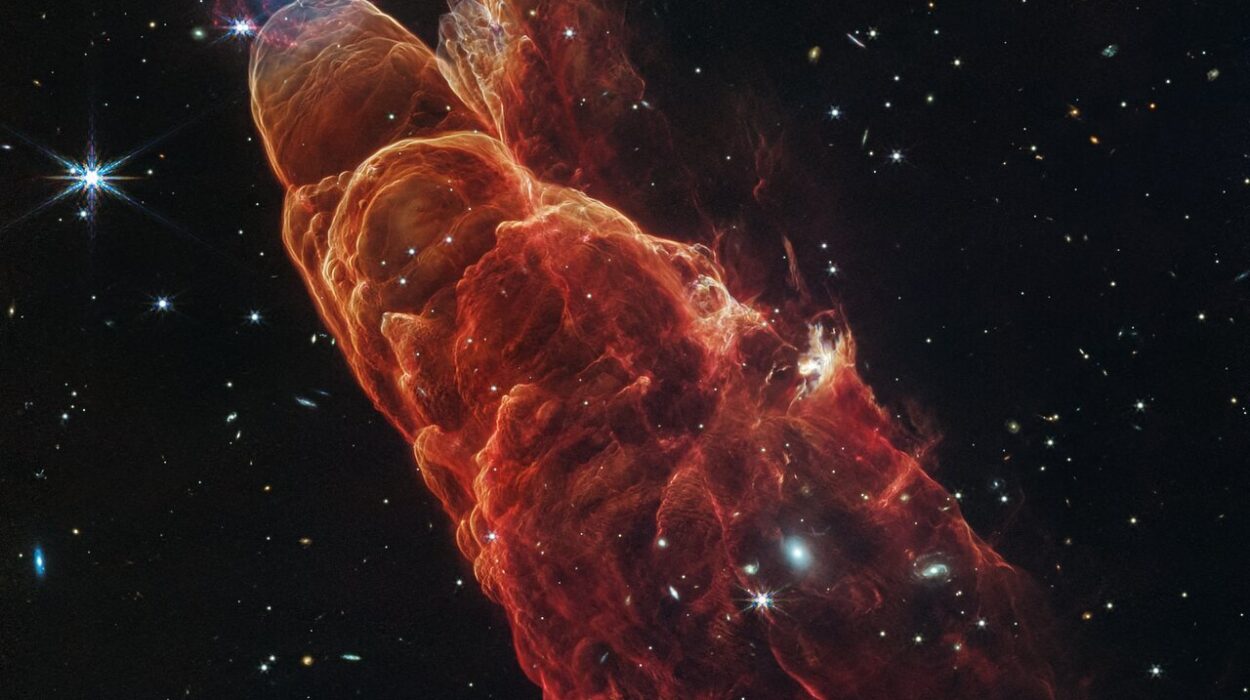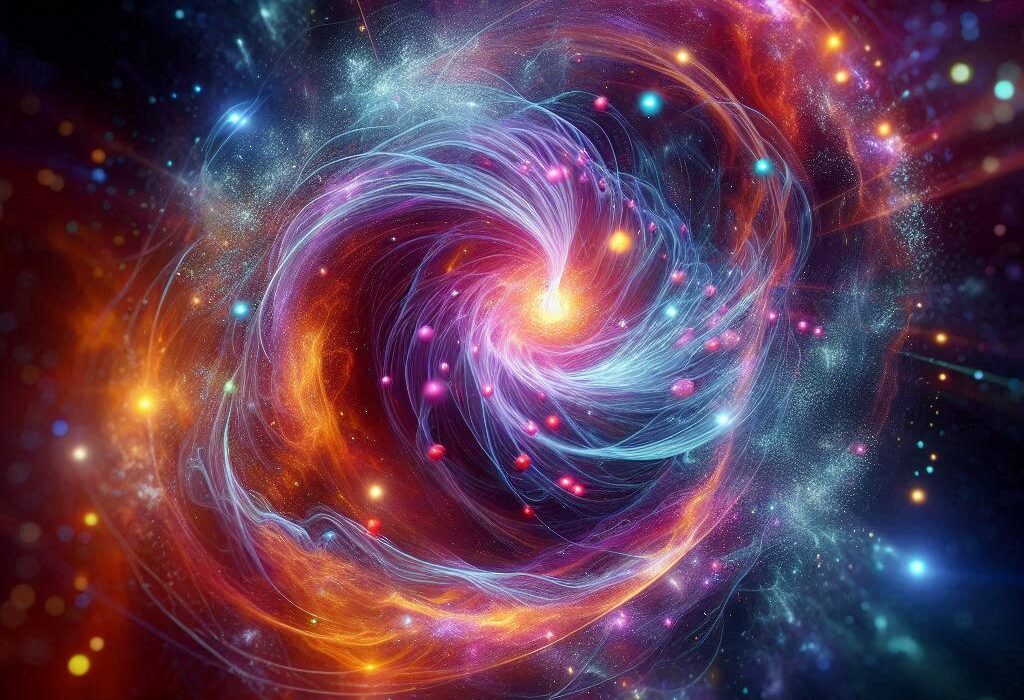Over 13 billion years ago, the universe was young—so young it hadn’t even formed stars. It was a chaotic, searing sea of particles and energy, cooling just enough to release its first faint breath of light. That ancient glow has been drifting through the cosmos ever since, invisible to the human eye, but not to those who know how to listen.
Today, scientists call it the cosmic microwave background (CMB)—a faint afterglow from the Big Bang, and one of the most powerful tools we have to understand the origin and fate of everything. Capturing it is a monumental task. But thanks to a telescope perched on the most remote continent on Earth, we’re closer than ever to unlocking the secrets it carries.
The Telescope at the Bottom of the World
At the southern tip of our planet, surrounded by endless snow and silence, the South Pole Telescope (SPT) stands watch. Located at the National Science Foundation’s Amundsen-Scott South Pole Station and operated in part by the University of Chicago, this telescope has one purpose: to scan the sky for the faintest whispers of ancient light.
Now, researchers have released new data from two years of observations using the telescope’s most powerful instrument yet: a cutting-edge camera known as SPT-3G. What they found is extraordinary.
These measurements, scientists say, are the most sensitive ever made from the ground—more detailed even than those from the famous Planck satellite. This leap forward marks a turning point for cosmology and offers a powerful new way to test our theories about the universe.
A Watershed Moment in Cosmic History
“This is a watershed moment for cosmic microwave background cosmology,” said Tom Crawford, deputy director of the South Pole Telescope and a research professor at the University of Chicago. “It ushers in a new era, in which our understanding of the universe will be advanced in large part by ground-based experiments.”
The newly released data, collected during 2019 and 2020, covers about 1/25th of the sky—a narrow slice by everyday standards, but deep enough to peer into the very fabric of space-time. The SPT-3G camera contains an order of magnitude more detectors than its predecessors, allowing it to see finer variations in the microwave background than ever before.
These variations, subtle temperature ripples in the ancient light, act like fingerprints from the birth of the universe. They help scientists map how space has expanded, cooled, and evolved—and whether we’re missing key pieces in our current cosmic puzzle.
The Tension That Won’t Let Go
One of the big questions the new data tackles is the Hubble tension—an ongoing disagreement between two methods of measuring how fast the universe is expanding. One method uses distant galaxies. The other uses the cosmic microwave background.
The problem? They don’t agree.
This conflict, if confirmed, could mean that something is missing from our standard model of cosmology, known as Lambda-CDM. That model has held up for decades, but small cracks are beginning to show. New data from SPT-3G adds weight to the idea that the tension is real.
“We confirm the Hubble tension independently at very high statistical significance,” said Wei Quan, co-lead author of the new study and a recent PhD graduate from Argonne National Laboratory.
If these findings hold, they could point to new physics—perhaps a different kind of dark energy, an unknown particle, or a more exotic twist in the early universe.
When the Earth Beats Space
Historically, space-based missions like Planck have provided the gold standard in cosmic observations. Free from Earth’s atmospheric distortion, satellites offer unparalleled clarity. But they come with major downsides: cost, complexity, and distance.
“If something breaks on a ground-based telescope, you can walk over and fix it,” said Brad Benson, operations director of the South Pole Telescope. “You can’t do that in space.”
Thanks to major advances in detector technology, ground-based telescopes like the SPT and its partner, the Atacama Cosmology Telescope (ACT) in Chile, are now rivaling and even surpassing their orbital cousins.
“This is something the field has been working toward for years,” said Etienne Camphuis, co-lead author and postdoctoral researcher at the Institut d’Astrophysique de Paris. “We now have an almost fully independent set of measurements with similar constraining power. That’s how science moves forward—by checking and re-checking our assumptions.”
A New Map of the Invisible
The cosmic microwave background is like a frozen echo of the early universe. But it’s more than just ancient light. It encodes a map of everything—the distribution of matter, the shape of space, the tug of gravity, the nature of time itself.
As researchers continue to sift through SPT-3G’s data, they’re also spotting emerging anomalies—subtle mismatches between what we see in the CMB and what large-scale surveys of galaxies tell us. One such project, the Dark Energy Spectroscopic Instrument (DESI), has hinted at a similar discrepancy.
These cracks, small but persistent, may signal that we’re on the brink of a deeper discovery.
“If there really is a departure from the standard model,” said Quan, “we’ll be able to see it much more strongly with the upcoming datasets. If it’s real, it will be magnified.”
Just the Beginning
And this, remarkably, is just the start. The data released so far represents less than a quarter of the total observations collected by the SPT-3G camera. Over the coming months and years, more results will emerge—more detailed, more precise, more revealing.
“This is just the beginning,” said Crawford. “The picture is only going to get more interesting.”
In the end, what makes this research so breathtaking isn’t just the technology or the numbers. It’s the idea that we can still, from our tiny blue planet, detect the flicker of a light born just after time itself. That we can measure, with instruments made by human hands, the tremble of the cosmos as it came into being.
And perhaps, in those ancient photons, we’ll find not just the story of the universe—but a reflection of our own relentless curiosity to understand it.






